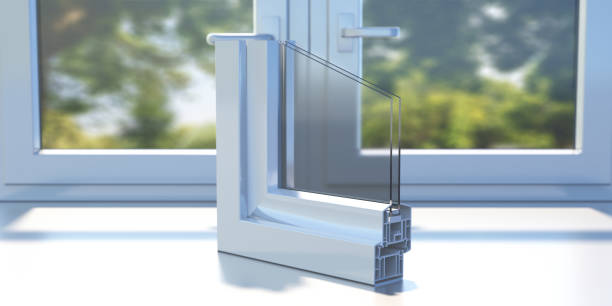All Categories
Featured
Table of Contents
Double-glazing Versus Low-e Glass in Success WA
That window can send more solar heat in winter season than in summer season. A west-facing window on a summer season's afternoon has an angle of incidence from near 0 up to 30 with a big reliable location of solar radiation. A north-facing window, in summertime, has a high angle of incidence and a low reliable location of solar radiation, so can transfer less heat than a west-facing one.

You can rapidly and easily improve the thermal efficiency of your home by replacing your windows. There are thousands of types of glass and frames to select from.
Top 10 Tips To Keep Your Home Cool in Roleystone WA
There are several types of glass products to select from. Single glazing utilizes a single pane of glass. Single glazing with clear glass is not really efficient when it pertains to heat loss or gain. To enhance efficiency, you can utilize single glazing with a more energy-efficient type of glass such as low emissivity (low-e) glass.
Numerous layers can be put together with sealed cavities in between each sheet of glass. IGUs normally use better energy efficiency than single glazing, since they transfer less energy. However, the energy efficiency of IGUs likewise depends upon: the residential or commercial properties of each layer of glass. Various glass types (for instance, clear and low-e glass) can be put together in an IGU.
Benefits Of Replacing Double Glazing Windows In The Summer in Embleton Western Australia

IGU cavities can be filled with air or a more inert, low-conductivity gas such as argon the width of the cavity. Cavity density is normally 6 to 18mm. Wider cavities supply lower (much better) U worths, with 12mm normally accepted as the favored gap how well the cavity is sealed. Cavities need to be dry and well sealed to avoid wetness getting in.
If argon is installed to the cavity in location of air, wetness is dependably left out the level of desiccant (drying agent). The spacer (metal or polymer strip) that separates the glass layers includes a desiccant to soak up any moisture. Insufficient desiccant might cause wetness to condense on the glass surface area in cold conditions, lowering thermal efficiency.
Faq in Duncraig WA
IGUs can provide better energy efficiency for all environments, especially in heated and air-conditioned houses. Cross-section information of single, double and triple-glazing units Low emissivity glass (frequently understood as low-e glass) minimizes heat transfer. Low-e glass might be either high or low transmission: High transmission low-e glass has a finishing that enables daytime from the sun to pass into your house to accomplish good solar heat gain, however reduces the quantity of the long wavelength infrared heat that can escape back through the window.
Low-e glass has either a pyrolytic covering or a vacuum-deposited thin film metal finish. Pyrolytic finishes are resilient and can be utilized for any glazing; vacuum-deposited coverings are soft and are just utilized within IGUs. Low-e coverings can significantly enhance both U worth and SHGC; however, they should be used properly or they will either weaken or stop working to carry out as required.
Faq in Greenwood WA
Low-e coatings can be used in combination with clear, toned or reflective glass. Low-e coatings on glazing can lower heat transfer where needed Picture: Department of Market, Science, Energy and Resources Toned glass has colouring additives consisted of throughout manufacture. It is offered in numerous colours, usually bronze, grey, blue and green.
Table of Contents
Latest Posts
Which Type Of Glass Is Best For Energy Efficiency? - A&l Windows in Medina WA
Double Glazing Versus Secondary Glazing in East Victoria Park Western Australia
A Complete Guide To Double Glazed Windows in Kewdale Perth
More
Latest Posts
Which Type Of Glass Is Best For Energy Efficiency? - A&l Windows in Medina WA
Double Glazing Versus Secondary Glazing in East Victoria Park Western Australia
A Complete Guide To Double Glazed Windows in Kewdale Perth